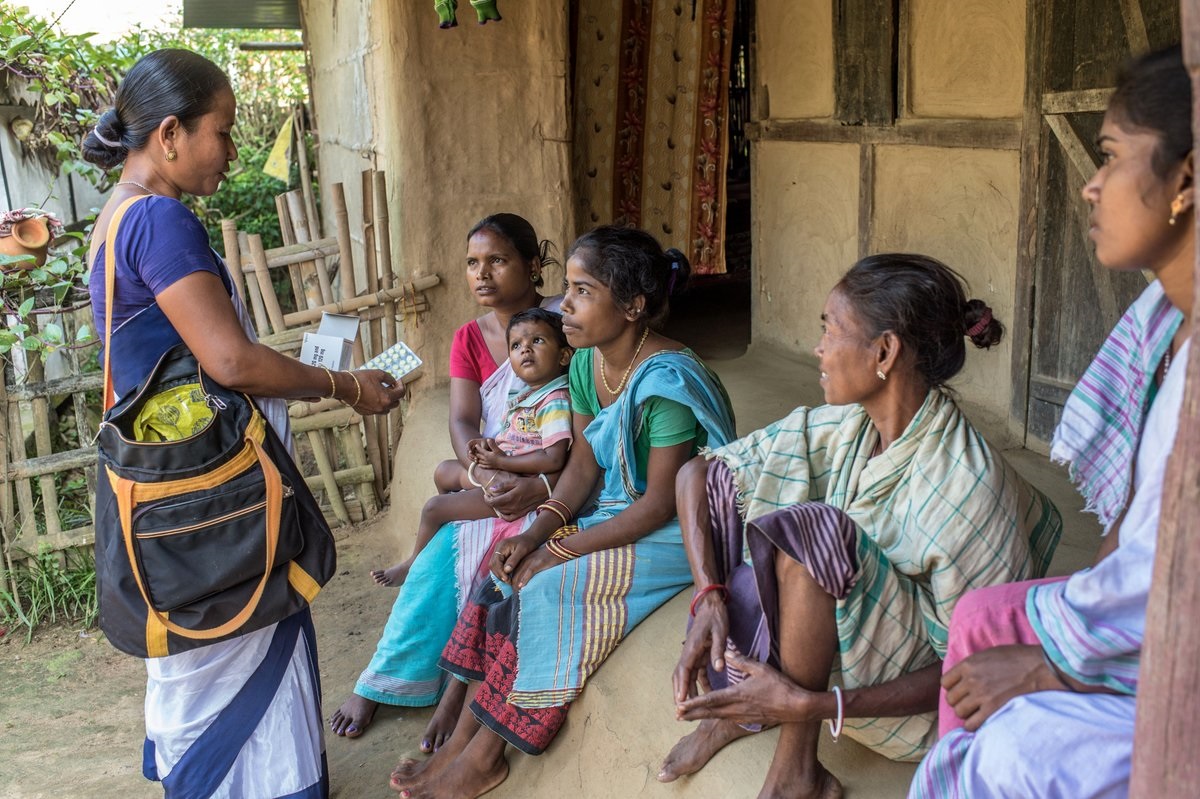Institutional partnerships in WHO SEARO
The South-East Asia Region has had remarkable progress towards many of the health-related Millennium Development Goals. However, the Region still continues to face complex public health challenges, ranging from escalating health-care costs and widening social and economic inequities to persistent risks of new infections and diseases related to climate change and public health emergencies. Meanwhile, ageing populations, urbanization and changing lifestyles continue to fuel a pandemic of noncommunicable diseases (NCDs).
Partnerships are critical to WHO’s ability to effectively implement programmes and improve health throughout the Region. They are essential to raise visibility of an unmet need, support coordination, provide financial support to countries, and provide common platforms for working together. One of the greatest strengths of our partnerships is the ability to combine the relative strengths of different stakeholders to achieve common objectives.
The entities with which WHO engages in partnerships have diverse backgrounds – from the public and private sector, to nongovernmental organizations, philanthropic foundations and academic institutions. Our partnerships can take the form of donors, WHO Collaborating Centres (WHO CCs), and official partners. In all instances, they are part of an international collaborative network that is critical for WHO to carry out its numerous regional and global health initiatives.






